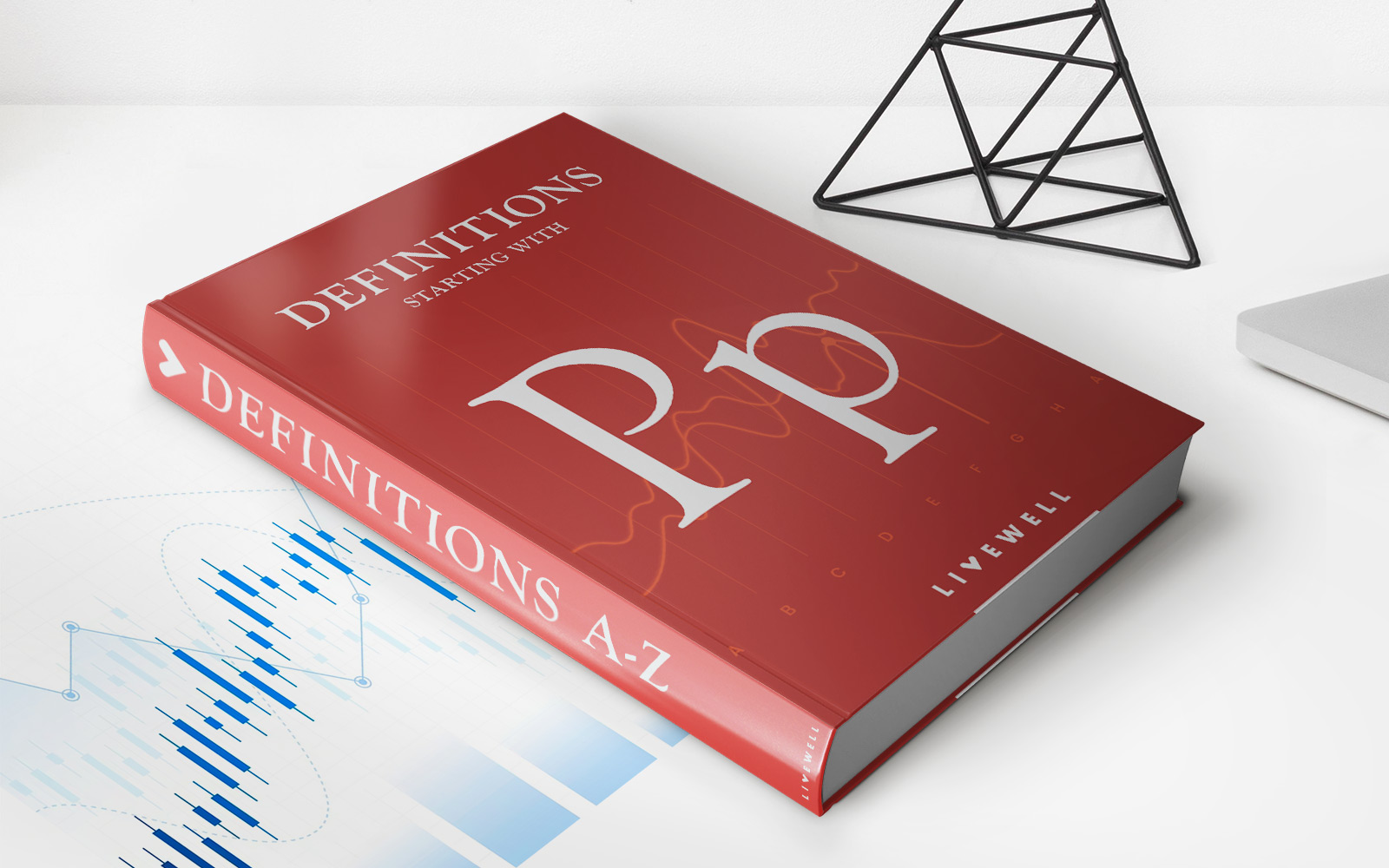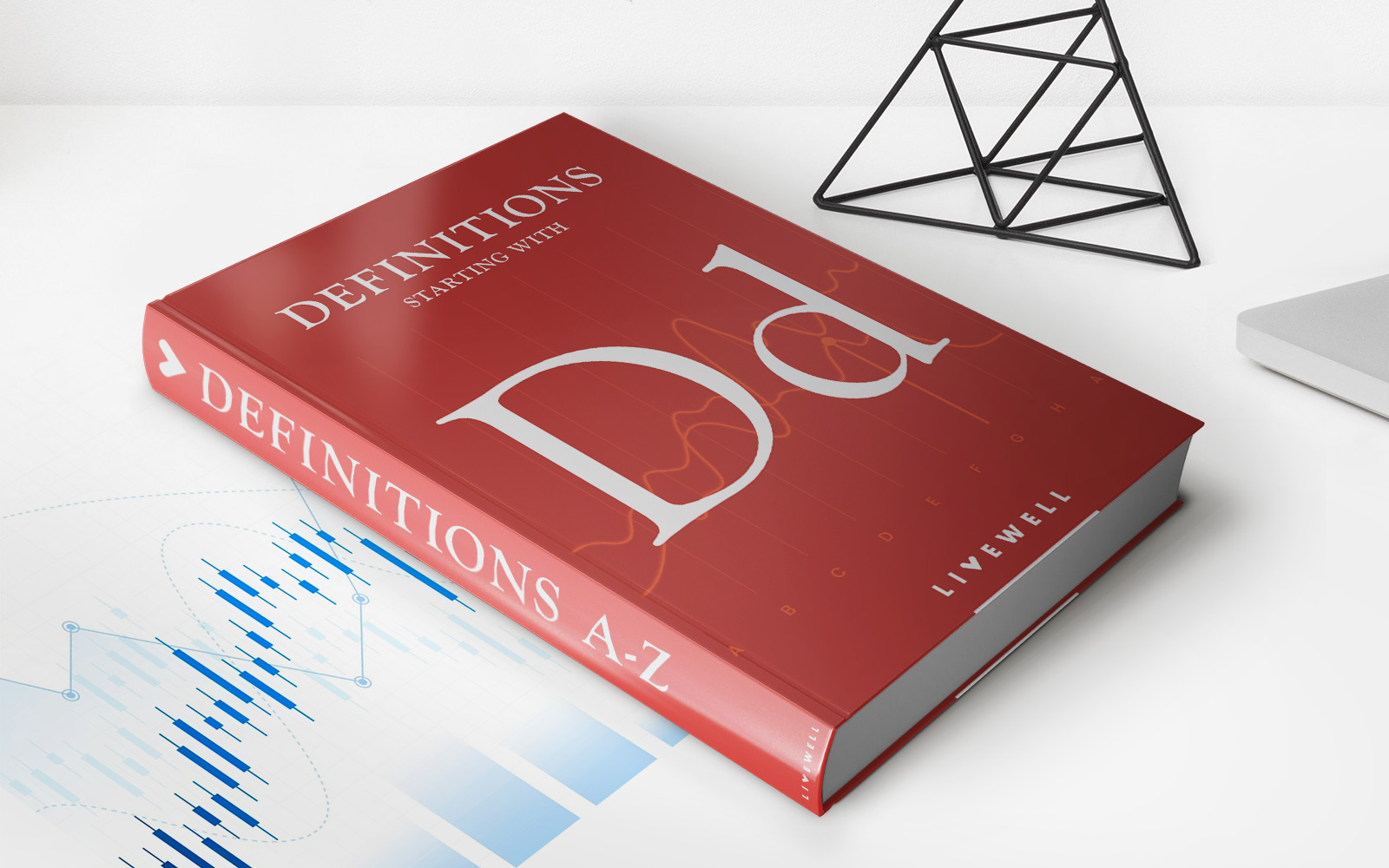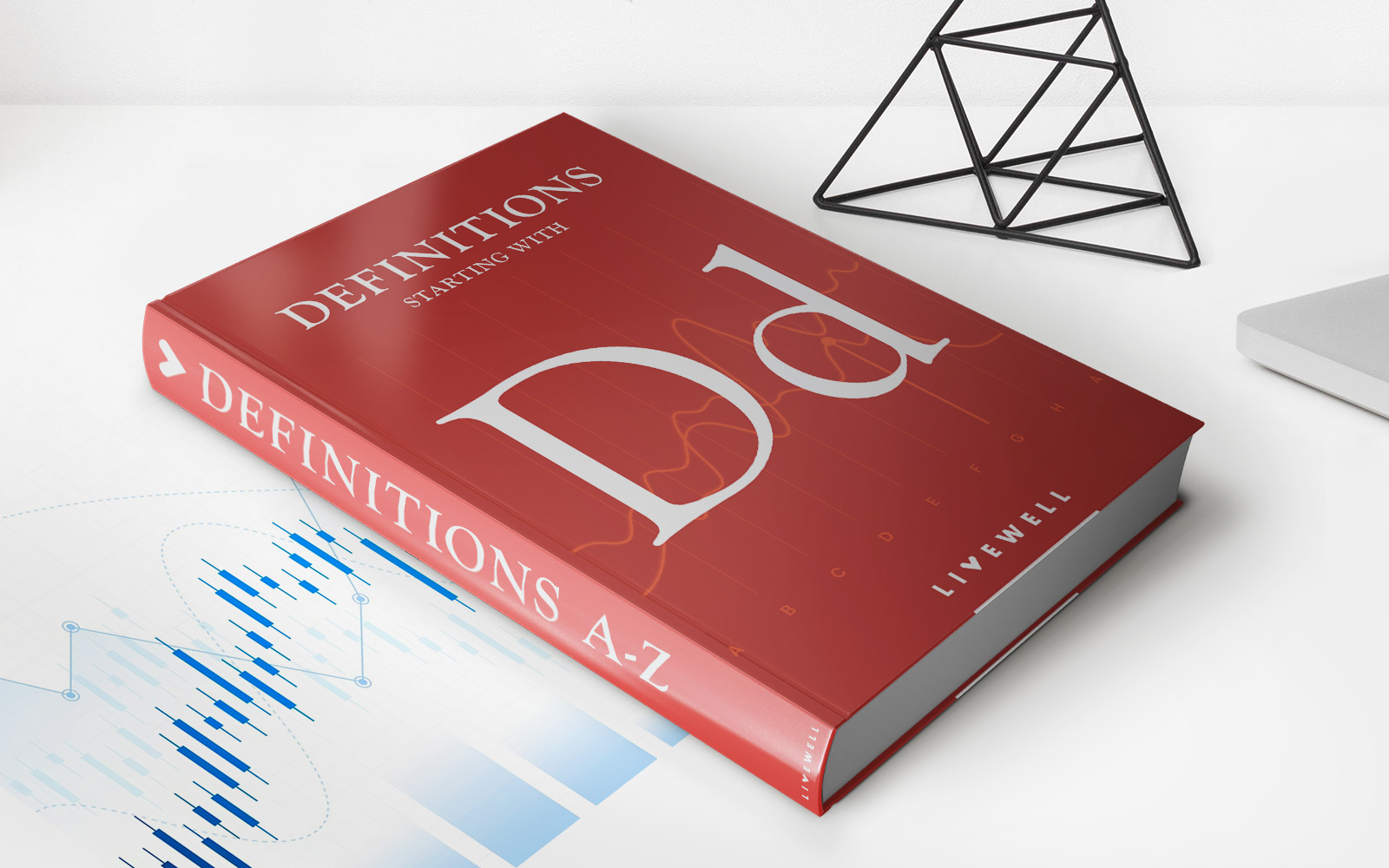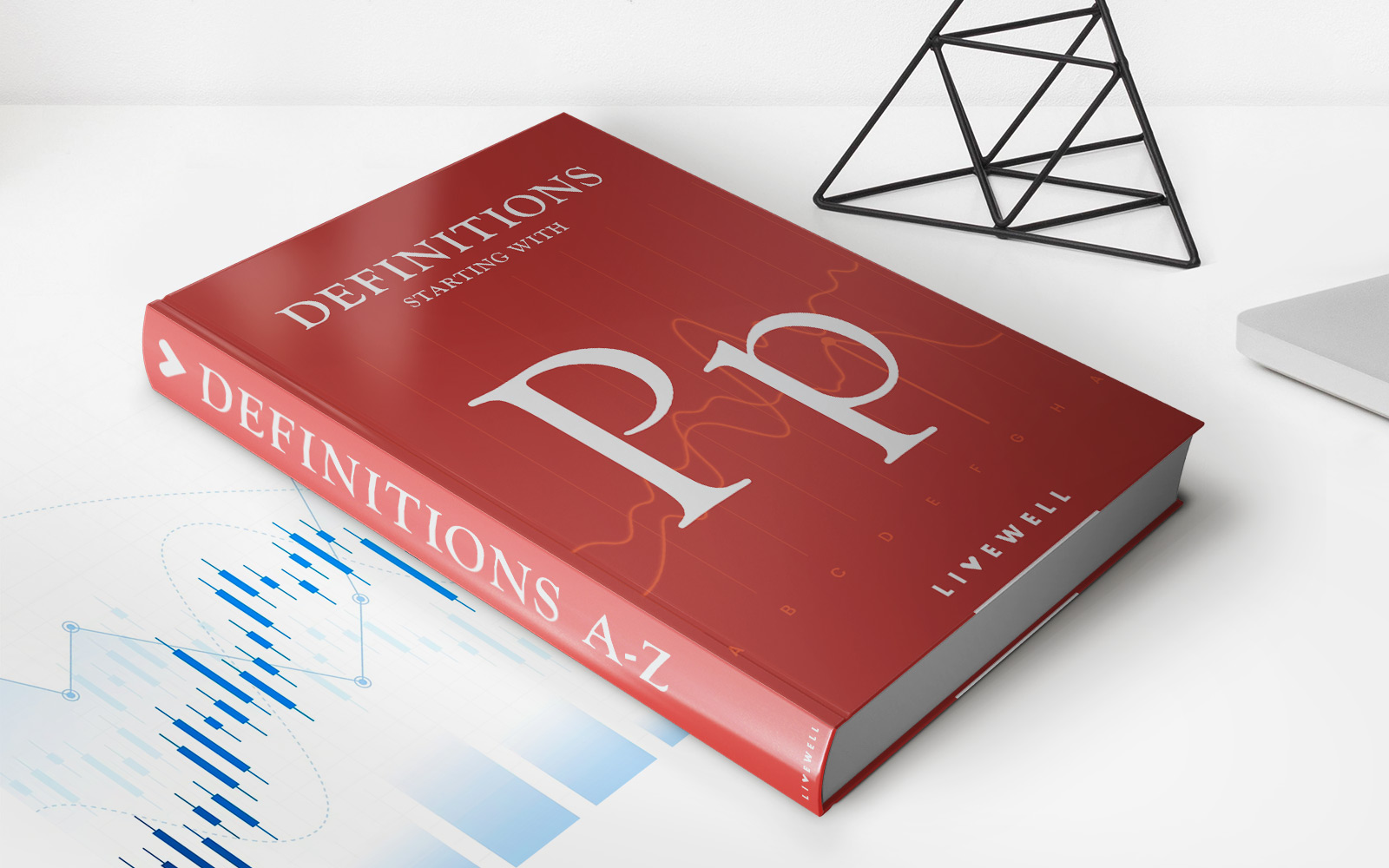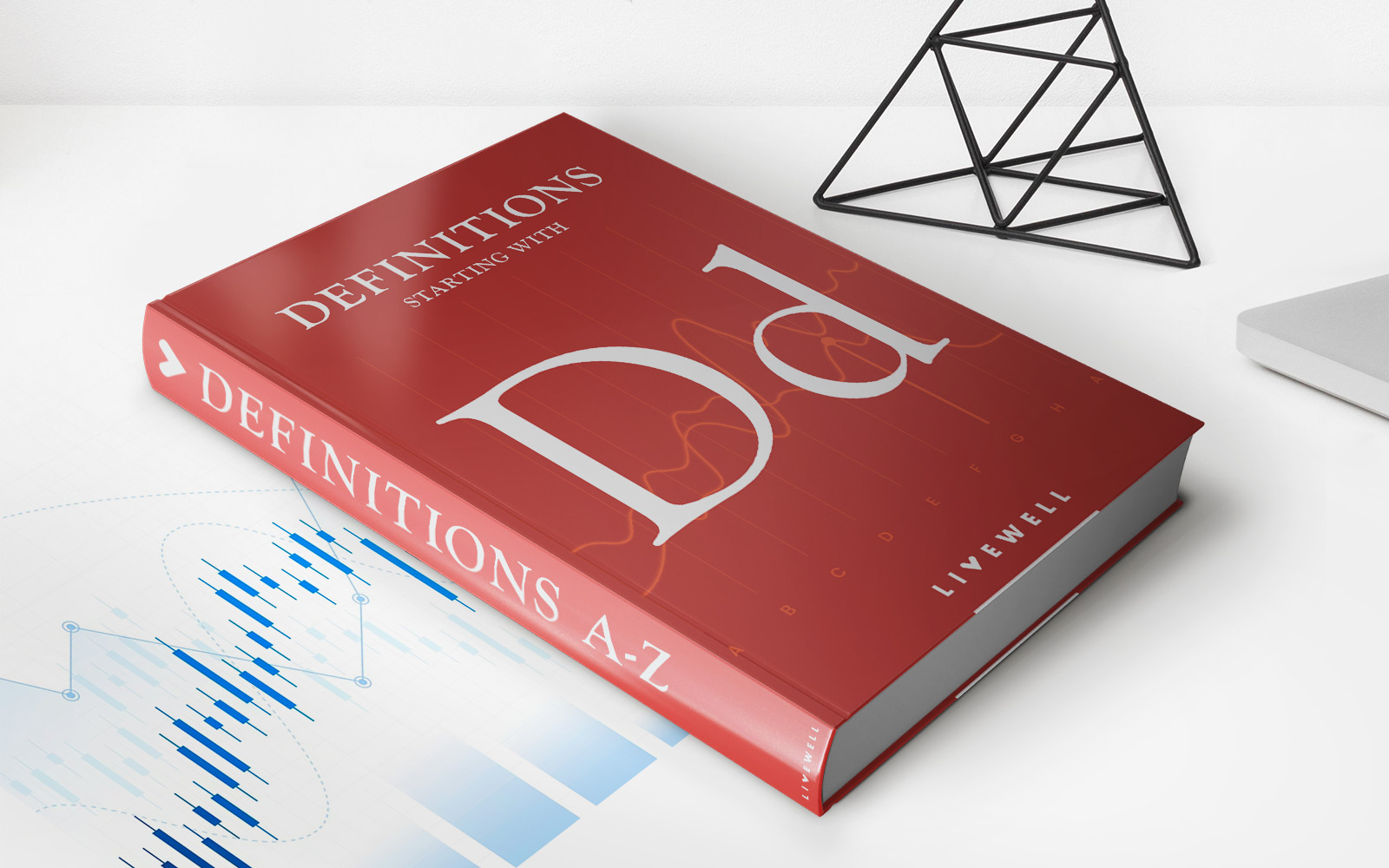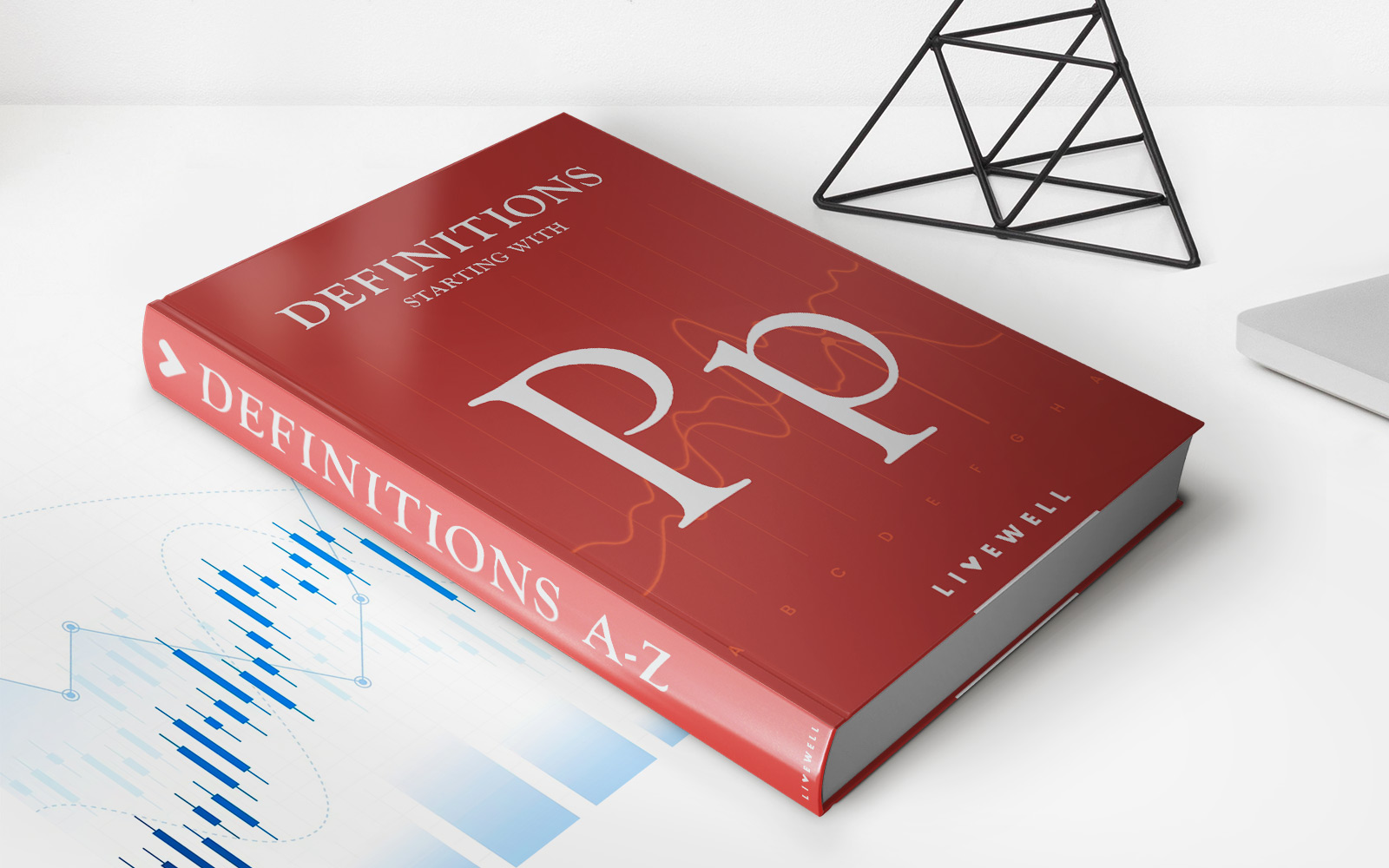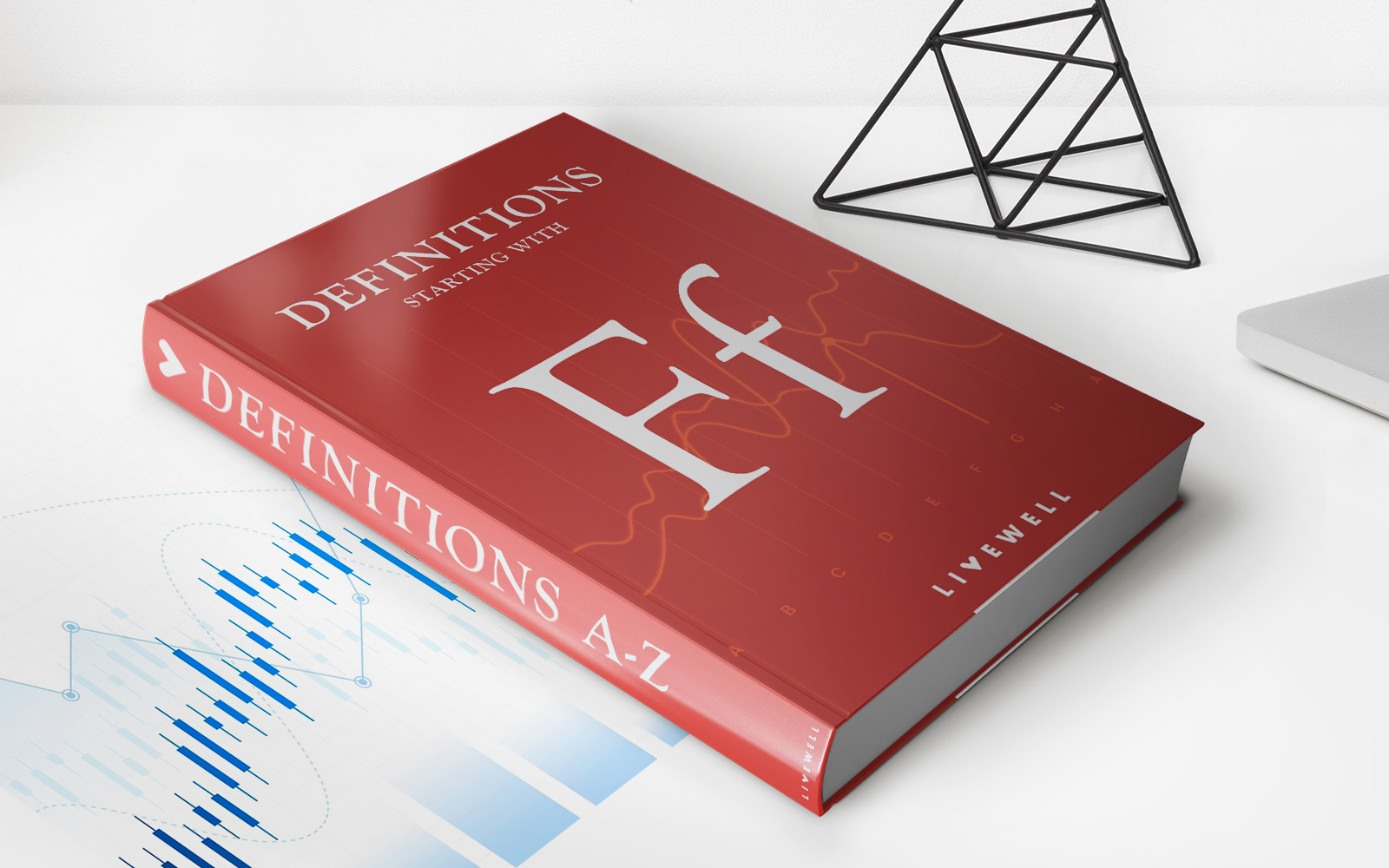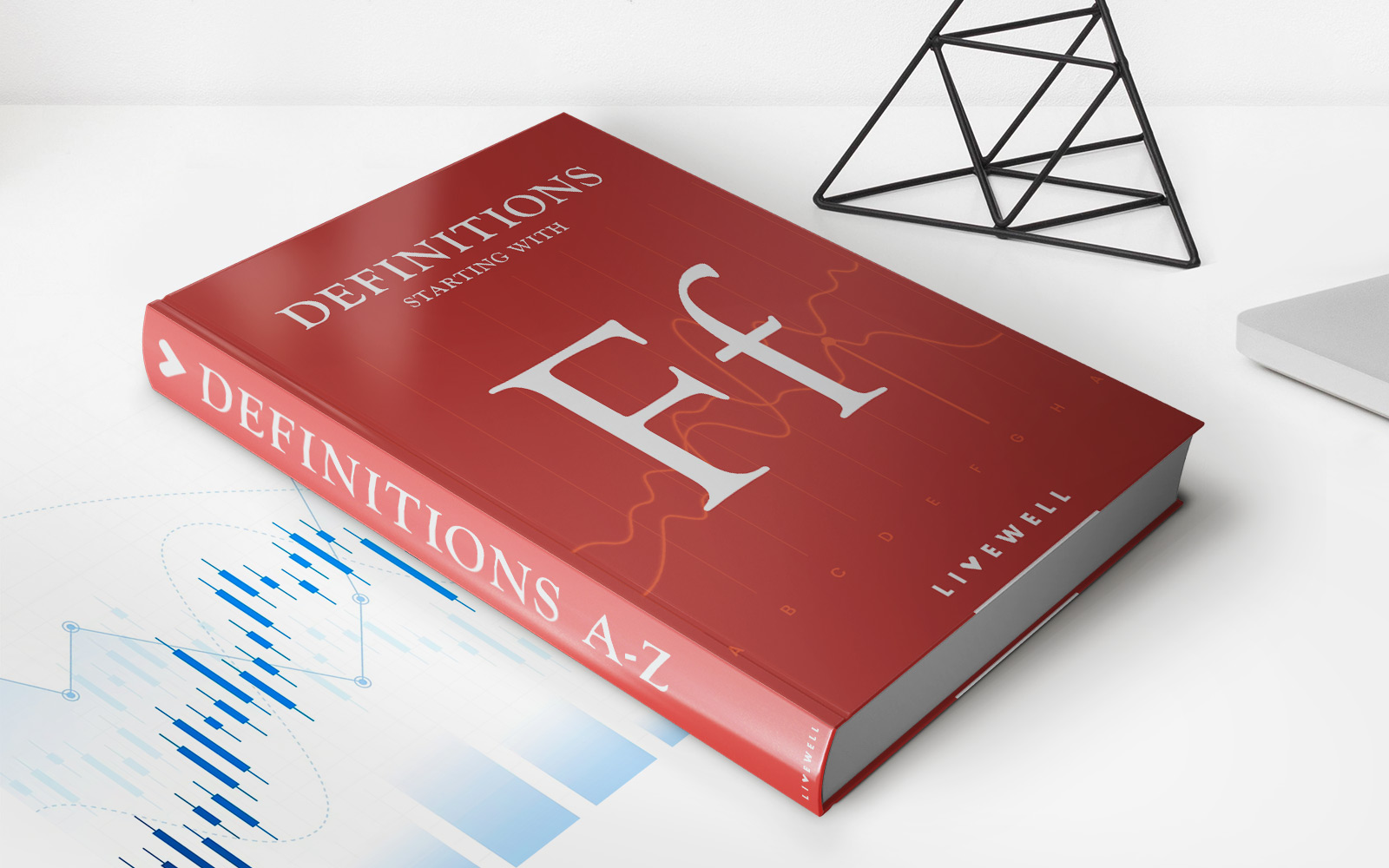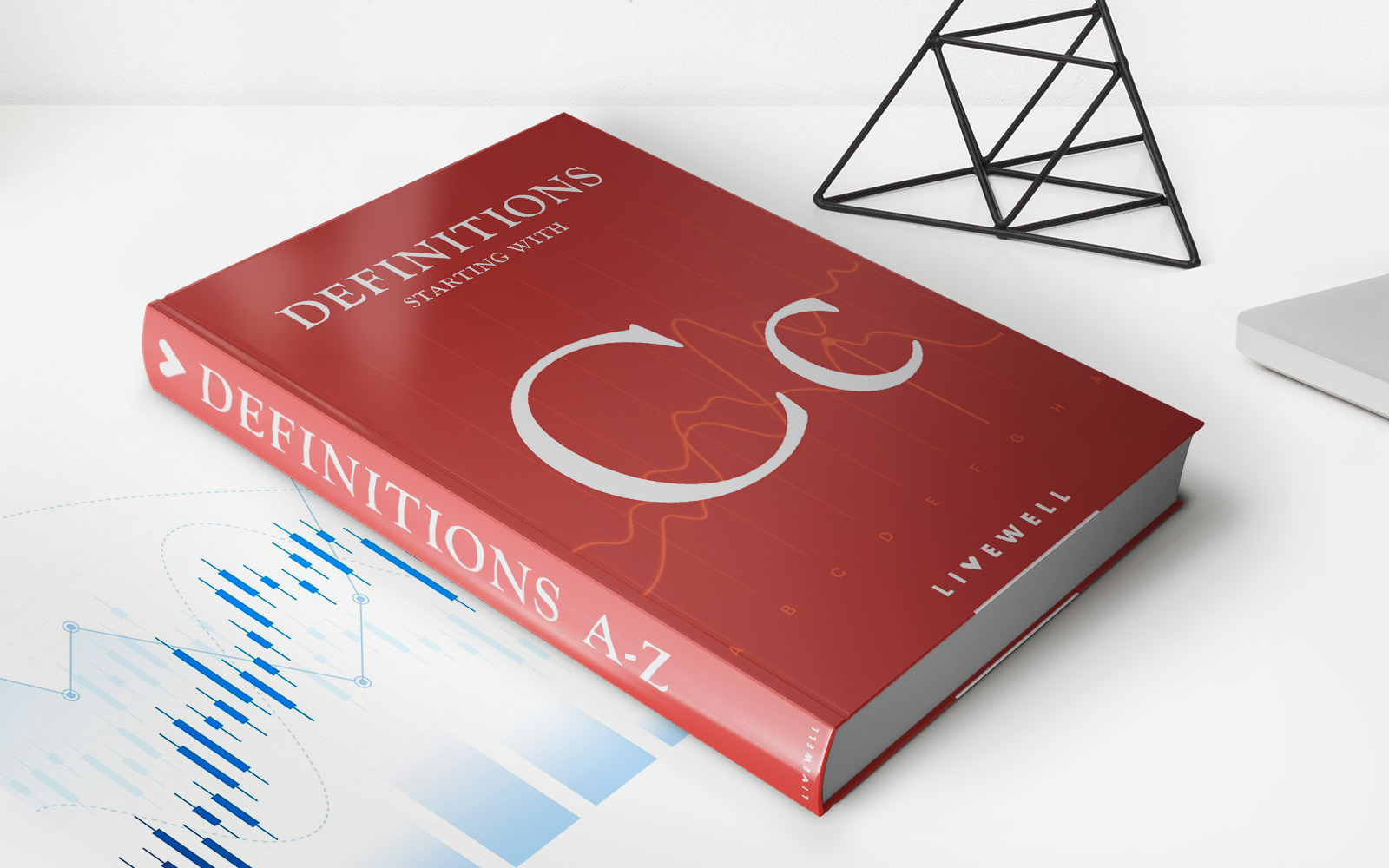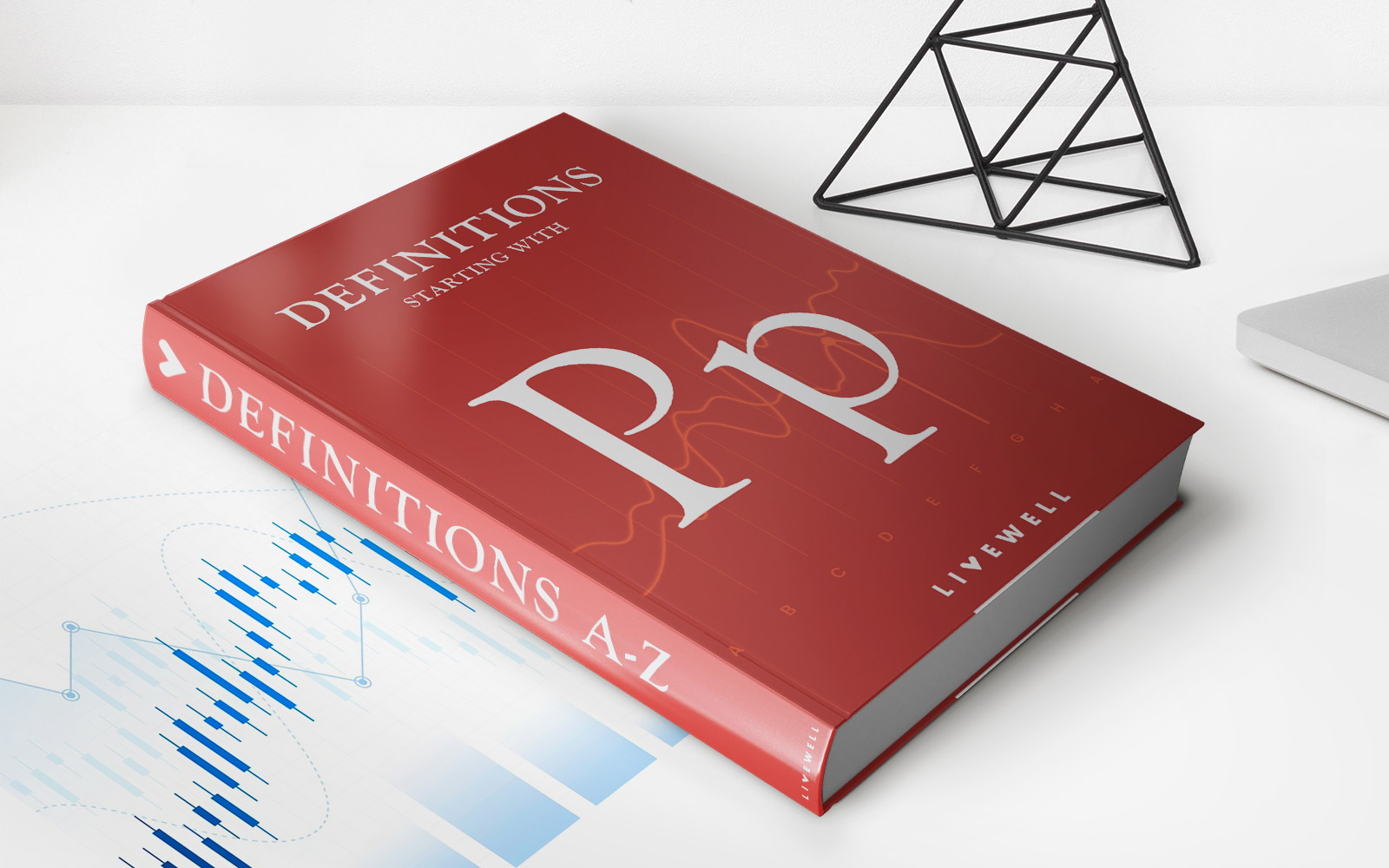

Finance
Price Scissors Definition
Published: January 11, 2024
Learn the meaning of price scissors and its impact on finance. Discover how this phenomenon can affect the economy and financial markets.
(Many of the links in this article redirect to a specific reviewed product. Your purchase of these products through affiliate links helps to generate commission for LiveWell, at no extra cost. Learn more)
The Price Scissors Definition: Understanding and Utilizing this Finance Concept
Welcome to the world of finance! In this fascinating realm, there are various concepts and terms that can sometimes seem complicated or intimidating. One such concept is the Price Scissors Definition, which plays a significant role in understanding market dynamics and identifying potential profit opportunities. In this blog post, we will delve into the realm of finance and explore the Price Scissors Definition, its significance, and how it can benefit you as an investor or trader.
Key Takeaways:
- The Price Scissors Definition is a concept in finance that measures the difference between the prices of an agricultural product and the goods and services used to produce it.
- Understanding the Price Scissors Definition helps investors and traders identify market inefficiencies and profit opportunities.
So, what exactly is the Price Scissors Definition? In simple terms, it refers to the difference between the prices of an agricultural product and the goods and services used in its production. This difference can be observed in a graphical representation that resembles an open pair of scissors, hence the name. The Price Scissors Definition highlights the difference between the fall in prices for agricultural products and the rise in prices for inputs like fertilizers, machinery, and labor.
Understanding the Price Scissors Definition is essential for investors and traders looking to make informed decisions. By analyzing this concept, one can identify market inefficiencies and potential profit opportunities. Here, we will explore a few key points to deepen your understanding:
- Supply and Demand Imbalance: When the price of agricultural products decreases, it may indicate an oversupply in the market or reduced demand. However, the prices of inputs used in production may not experience a proportionate decrease and could even rise. This discrepancy can present an opportunity for investors to profit by capitalizing on the supply and demand imbalance.
- Inflation and Cost of Production: The Price Scissors Definition also sheds light on inflation and the cost of production. When the prices of agricultural products decline while input costs increase, it can have a significant impact on producers’ profit margins. Higher input costs can weigh heavily on the profitability of farmers, potentially leading to reduced supply or increased prices in the future. Understanding this relationship can help traders anticipate market trends and make informed investment decisions.
In conclusion, the Price Scissors Definition is a valuable concept in the world of finance that allows investors and traders to identify market inefficiencies and profit opportunities. By comprehending the relationship between the prices of agricultural products and the costs of production, one can make informed investment decisions and capitalize on supply and demand imbalances. So, dive into the exciting realm of finance, embrace the Price Scissors Definition, and unleash your potential as a savvy investor or trader!
